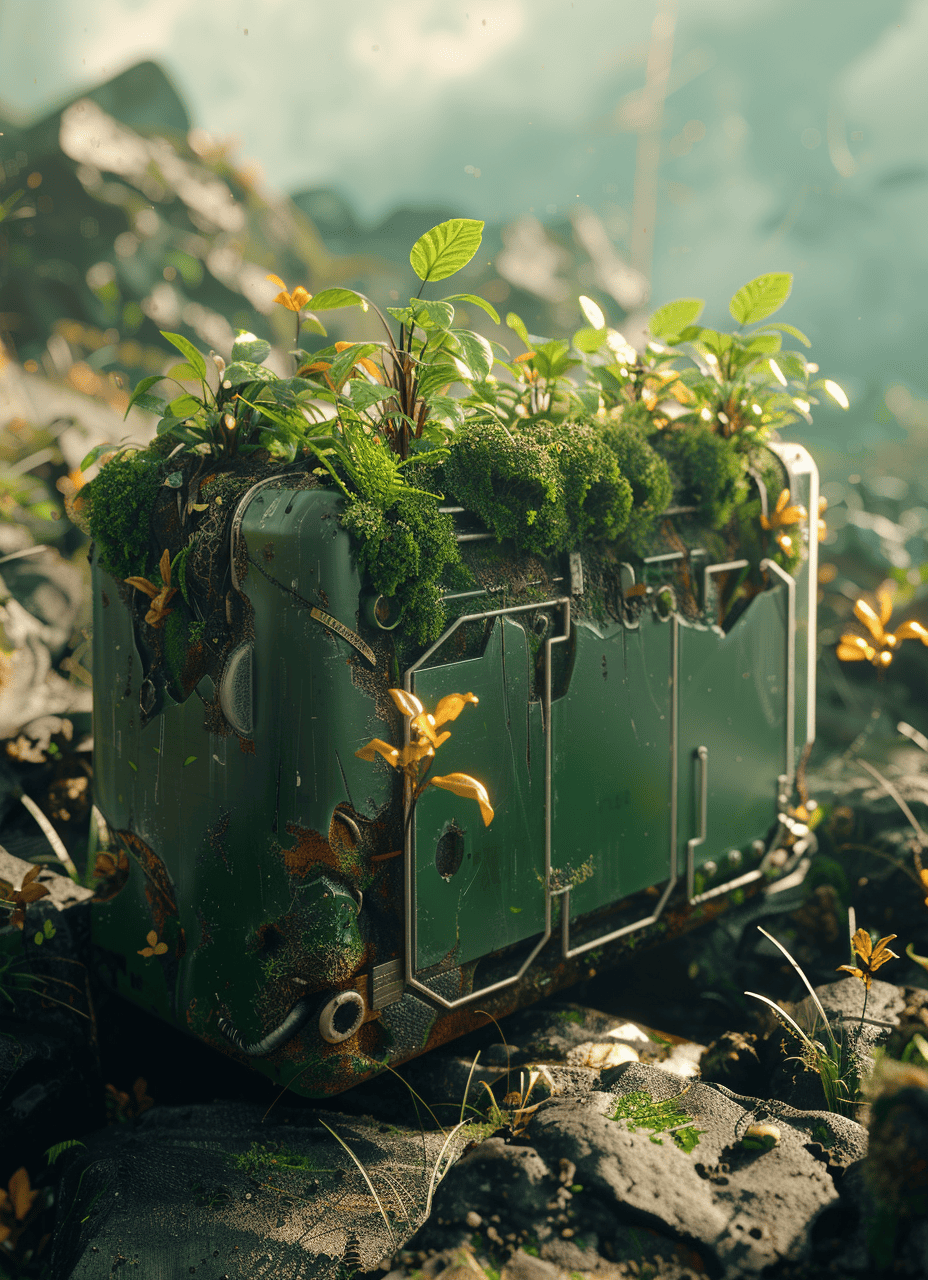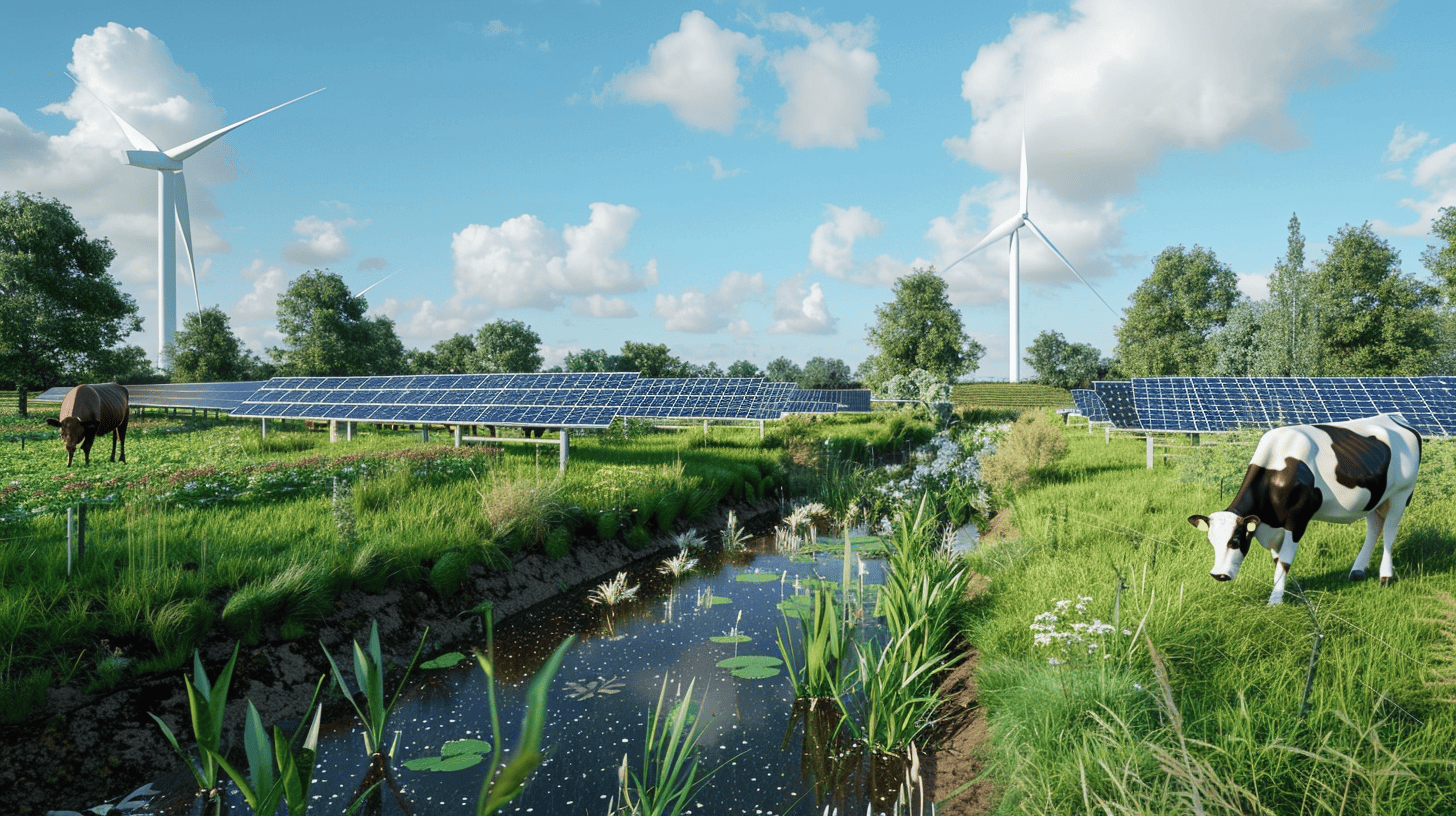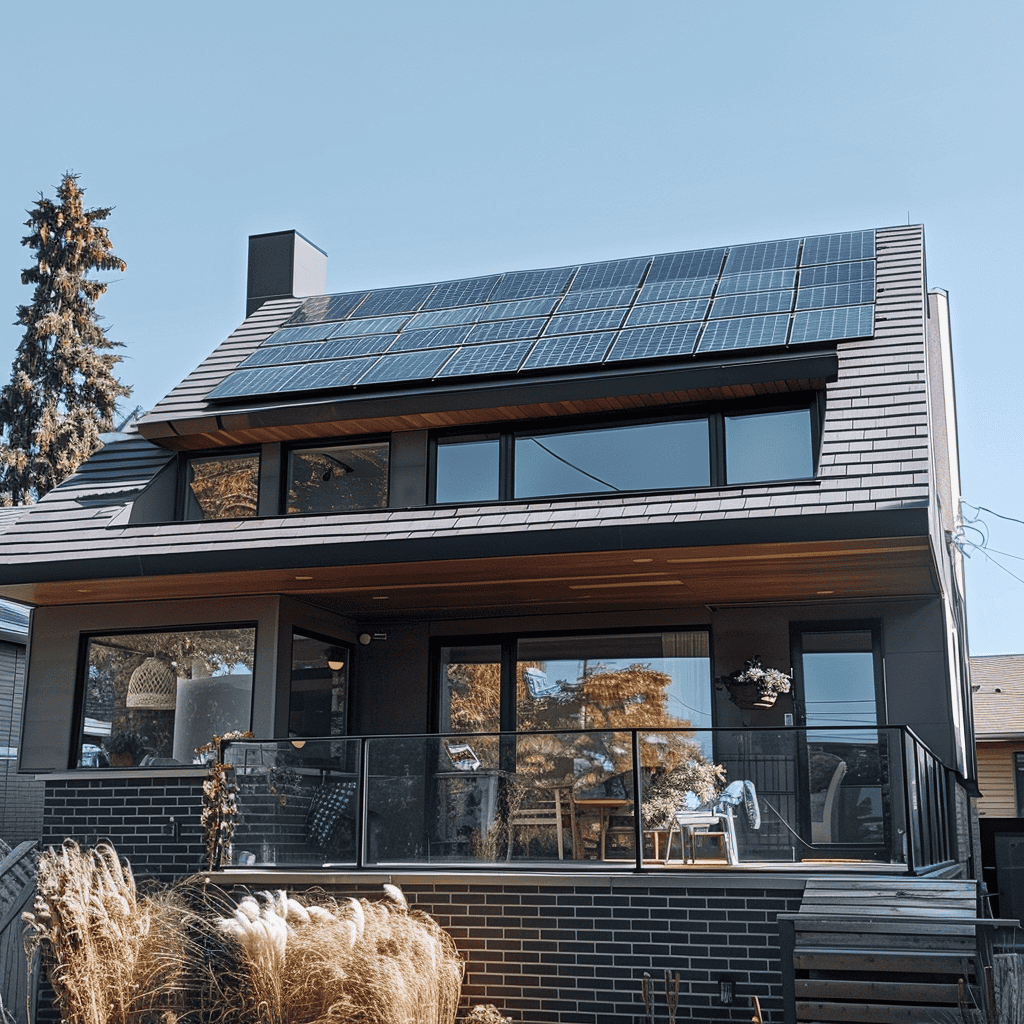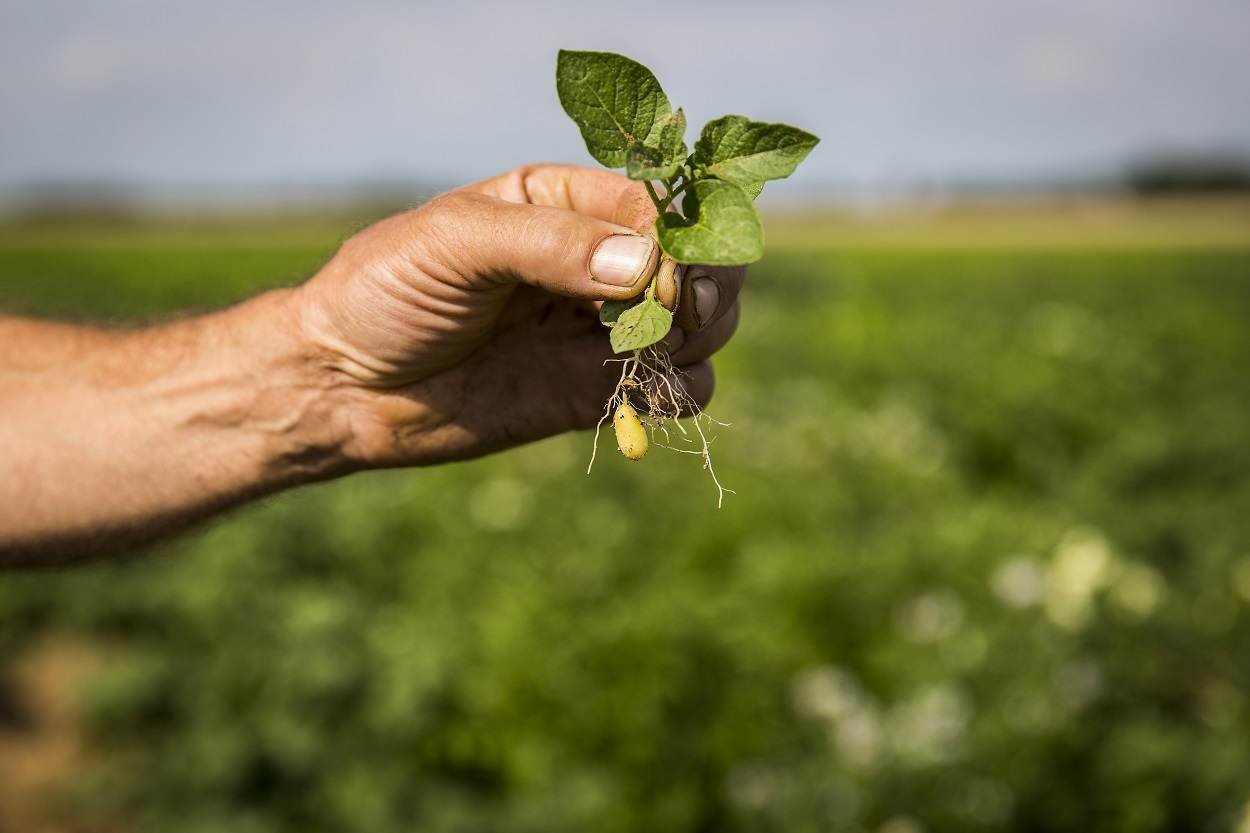
When you think of emission-free generation of energy, windmills and solar panels will quickly come to mind. But you can also generate electricity using plants. This is useful if you want sensors to work in the wilderness, for example, without having to replace a battery every time. The start-up Plant-e has developed a technique for this. “Our technology is very interesting, because we produce CO2-negative electricity,” says Marjolein Helder, co-founder of Plant-e. The company will soon be releasing a do-it-yourself package for curious consumers, with which you can generate your own plant-based electricity.
How did you come up with the idea?
The idea originally came from Bert Hamelers, a lecturer at Wageningen University. He carried out some experiments with this. When they were successful, it was scaled up to a major project. That was also the moment I came into contact with it for my PhD research.
In the four years that I researched this technology at Wageningen University, I quickly saw various application possibilities. I then founded the company Plant-e with a colleague to bring the technology to the market as quickly as possible.”
How exactly does it work?
“A plant produces organic material through photosynthesis. With the help of sunlight, a plant converts CO2 into sugars, for example. The plant uses part of this for its growth. However, it also excretes part of it into the soil through its roots. Subsequently, bacteria in the soil break down those organic substances, and electrons are released in the process.
In order to be able to generate their own energy, the bacteria must get rid of these electrons. If we then offer a carbon electrode to those bacteria, they will grow on it and transfer their electrons to the electrode. If you connect an anode to that electrode, you have a battery, so to speak, and you can generate electricity.”
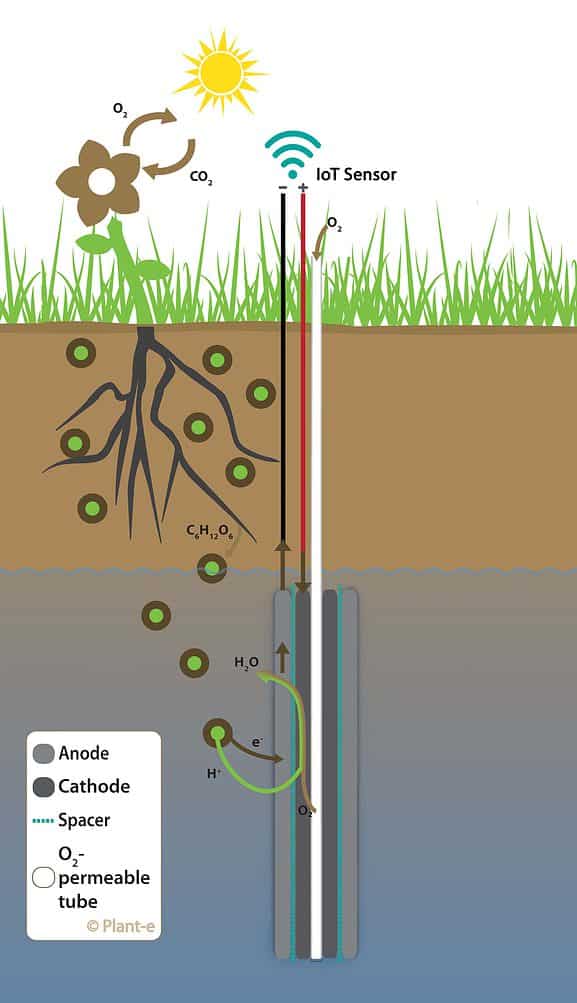
Does it matter what kind of plants are used, is one kind more suitable than others?
“No, it mainly depends on the soil life and temperature. We see that we can produce more electricity in tropical regions than in temperate regions. But as long as the temperature is at least 8 degrees, we can produce electricity. In the Netherlands, the soil temperature is comparable to 8 degrees and we can operate almost all year round. However, we produce more electricity in the summer and less in the winter.”

What was the biggest challenge during development?
“In recent years, we have mainly worked to make the power output increasingly stable and reliable. We’re also increasingly successful in being able to produce throughout the year. That’s quite a challenge if you work with living biology.
In 2021 we received an EIC grant from the European Union. With this, we have been able to take really big steps in the development of the technology. However, we are not yet there in terms of investments, so we are currently looking hard for an investor to help us grow further. That is our biggest challenge.
To get the standardization and upscaling of the products financed, so that we can then enter the market on a large scale. If we manage to overcome that challenge, the world will look very different next year, I think.”
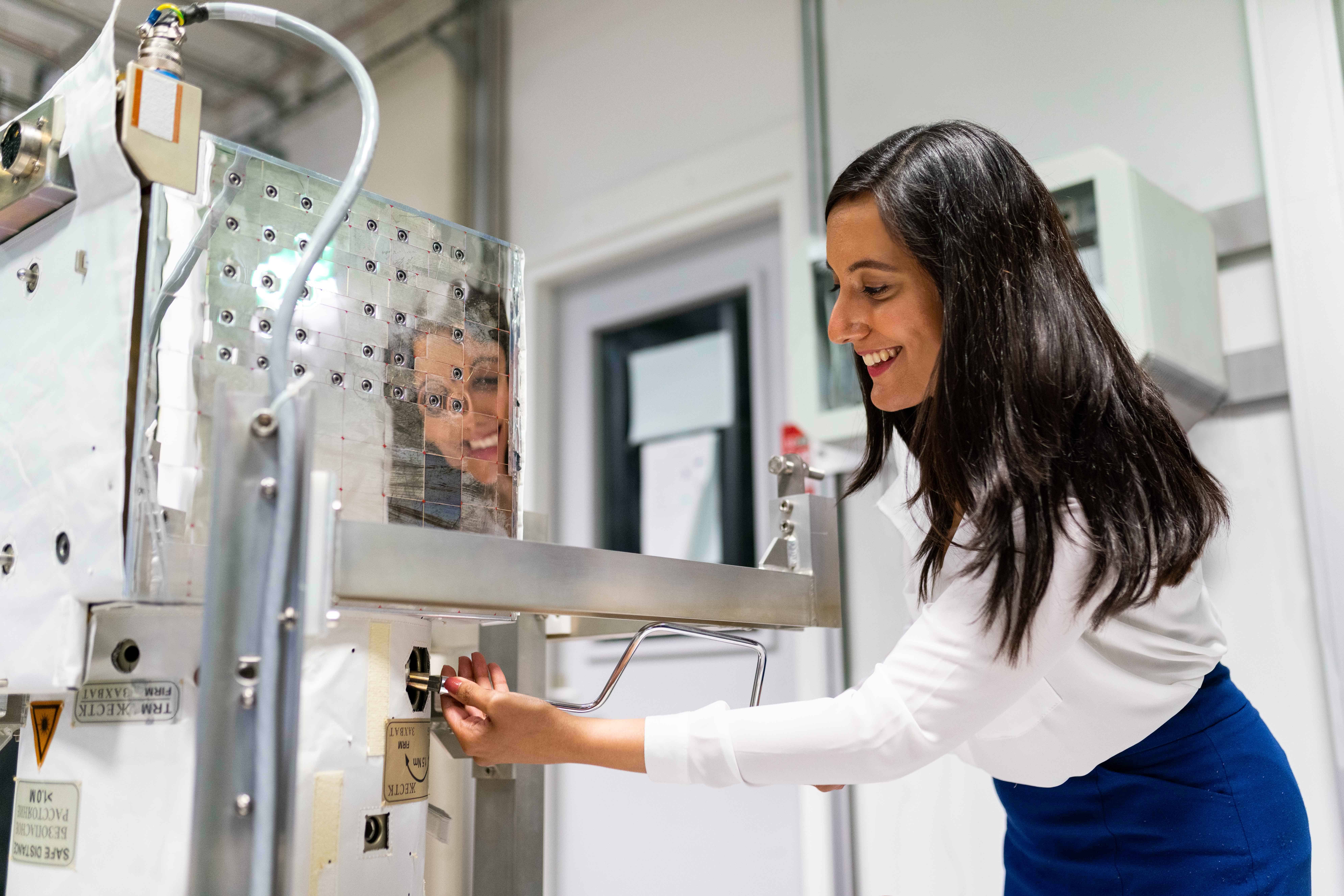
And what has been the biggest challenge in getting it to market?
“We are already working on bringing the product to market, and we are already partly successful. However, there is still a lot to be done. So we’re working on that. One of the major challenges in this respect is that the technology is still very unknown. Partly because of this, people really want to see it work before they make a purchase.
On the other hand, our production capacity and the quantities that we sell are still quite small. As a result, the price is still very high. Once we have scaled up the technology, the price will also drop sharply. This makes the product available to a much wider audience. The principle is simple. On the outside, it looks like a plant but it is of course a technical product with a lot of knowledge and materials, so that still costs a lot of money.”
Are there multiple Plant-e products?
“Yes, we are working on 2 types of products, a lighting application, and sensors that get their electricity from plants. For the lighting application, we mainly focus on parks or other dark environments. A little light can help to increase social safety here. We have such a place in Rotterdam, in the Park van Morgen.
We’ve installed a system there along a walking path. When you walk along that path, the lights along the path will light up. We get the electricity for this from plants that grow there. This is also a good example of how this technology can help to make very dark corners, where no power cables run, still a socially pleasant place.”
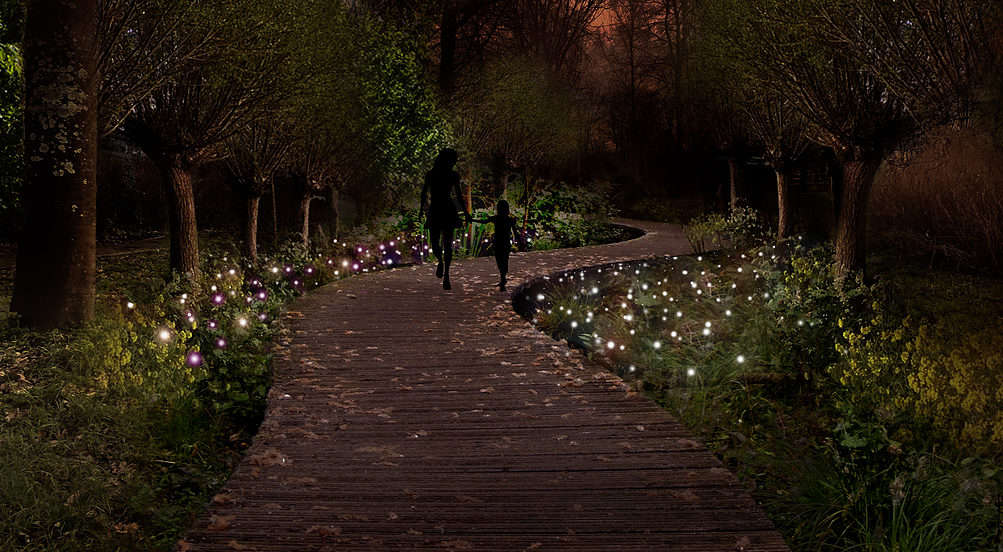
“We also develop sensors that get their electricity from plants. The great thing about this is that we can avoid using batteries. A common complaint when using sensors, especially outdoors, is that they need batteries that need to be replaced regularly. That produces a lot of waste and a lot of work, especially if you have to replace a battery somewhere far away.
Therefore, we are working on this with a number of water authorities to see whether we can replace the battery-driven sensors with plant-driven sensors. We can use the energy we generate to both measure and send the data. Also, our system can last for at least 50 years. This is because it’s just nature regenerating itself. Furthermore, batteries are no longer required. This allows you to collect data in remote places in the very long term.”
When do you expect it to be available to the average citizen?
“A do-it-yourself kit will probably arrive in February that will show the curious consumer that the technology really works. Furthermore, we have already launched a product in collaboration with Nova Innova: the Living Light. However, this is mostly a design product and it’s not really intended for the average consumer. When we have scaled up the technology enough, it will automatically become available to individual consumers due to a much lower price. I hope we can achieve that in the course of this year. But it could also be next year or the year after.”
What is your mission with Plant-e?
“First of all, I would like to avoid batteries in sensors as much as possible. But once we’ve done that and have the sensor products on the market, we’d like to expand into new markets as well. That could be anything, but I would like to invest time and energy to really contribute to avoiding CO2 emissions. Our technology is very interesting in that respect.
This is because we produce CO2-negative electricity since the plant uses CO2 to produce electricity. I would also like to use the technology for the world, in developing countries for example. Pretty nice, lights in a park that already has a lot of lighting. But you can also imagine that lights in a place where there is no light and electricity available at all have a completely different impact. Ultimately, I would like to see our technology applied there as quickly as possible. To also contribute to people’s social development.”




